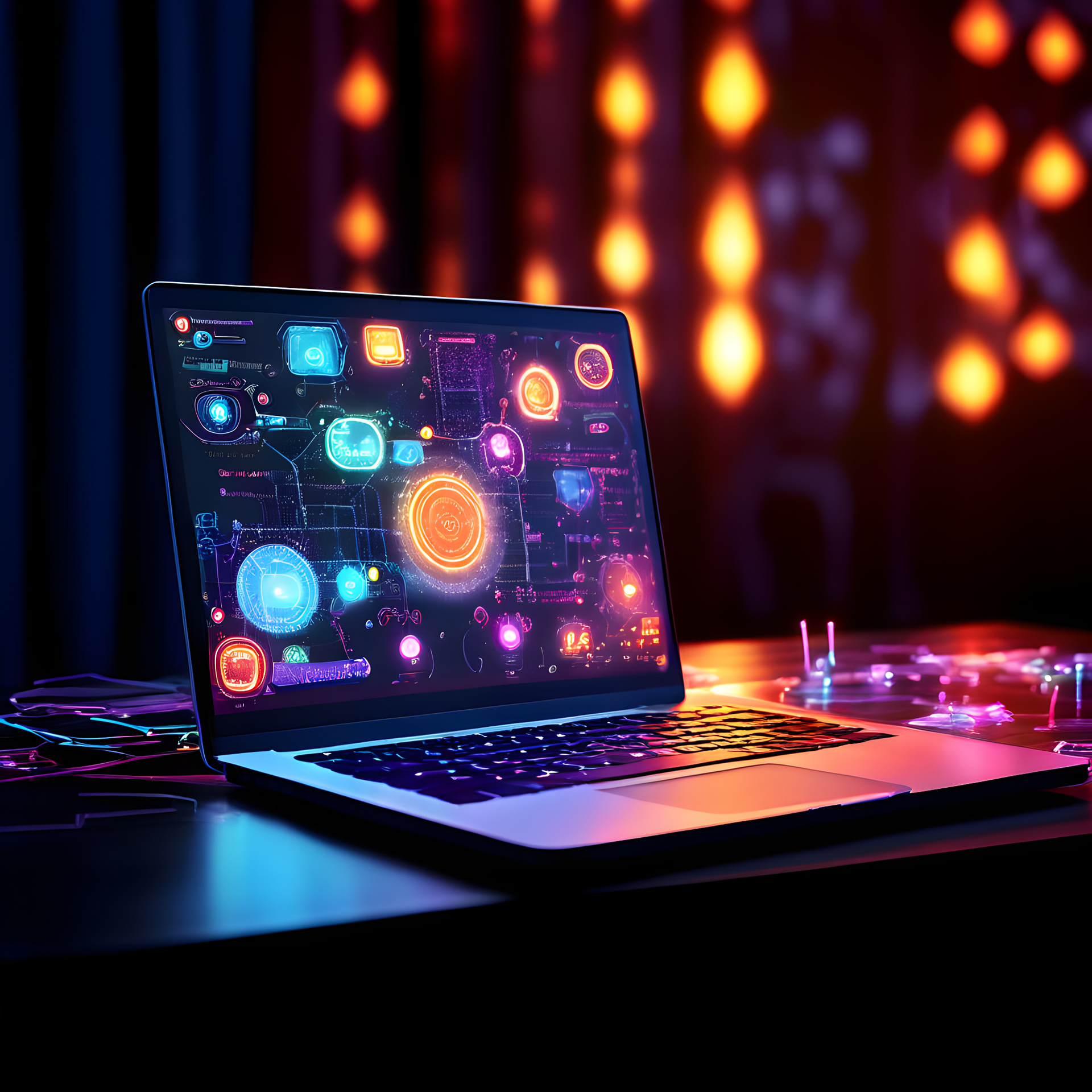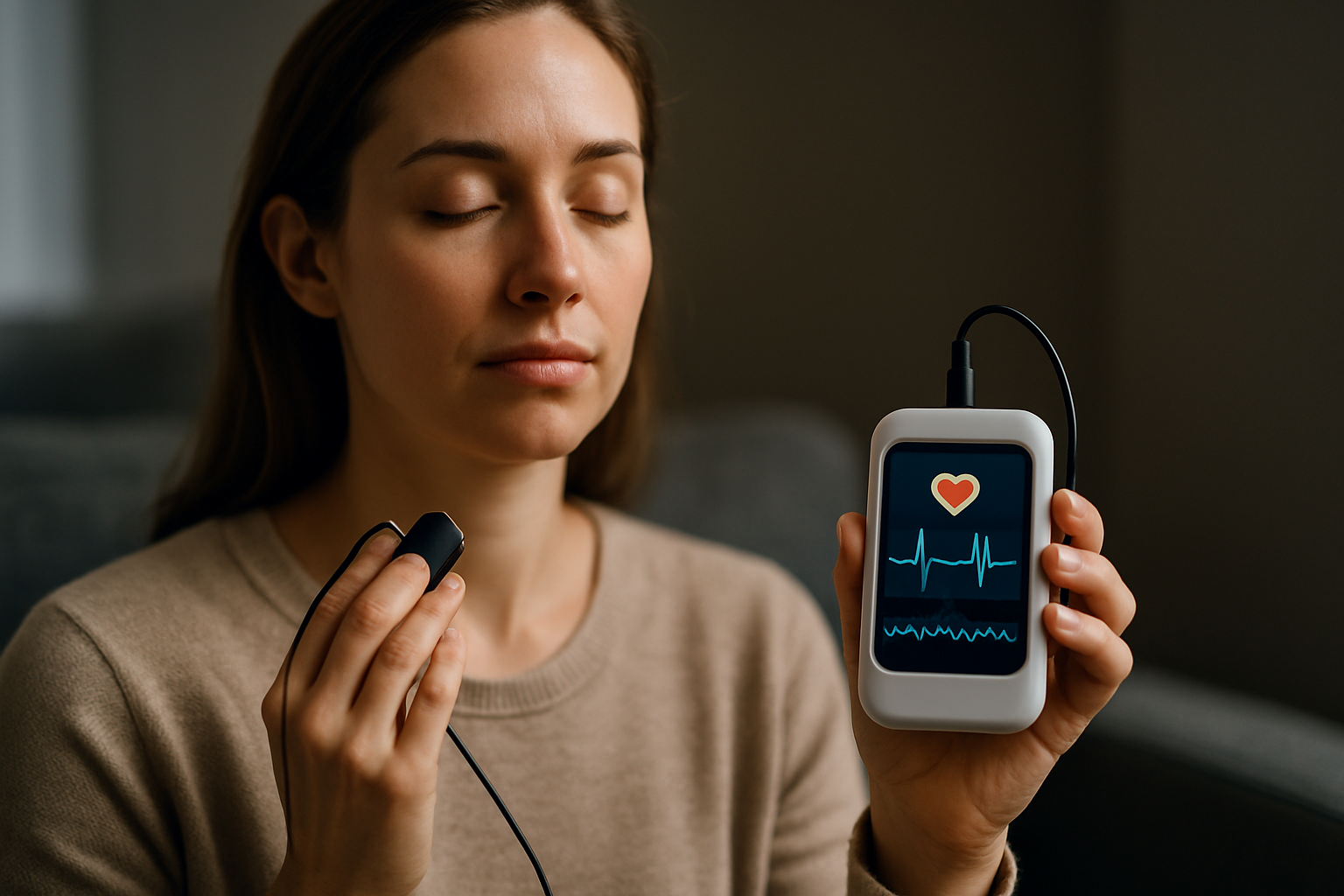Tactile Pixels: The Future of Touchscreen Technology
From the moment Steve Jobs unveiled the first iPhone in 2007, touchscreens have become an integral part of our daily lives. But as much as we've come to depend on them, touchscreens still lack one critical element: physical feedback. Imagine, if you will, a world where your touchscreen could mimic the texture of different surfaces, providing a tactile response to your touch. Welcome to the world of tactile pixels, the next big leap in touchscreen technology.
The Emergence of Tactile Pixels
The concept of tactile pixels, or taxels, isn’t new. The idea has been floating around in the tech world for years, with research dating back to 2011. But it’s only recently that we’ve seen significant strides in making this technology a reality. Unlike traditional touchscreens that rely solely on visual and auditory feedback, taxels have the potential to provide physical feedback by mimicking the feel of different surfaces.
The Science Behind Tactile Pixels
Tactile pixels work by manipulating the user’s sense of touch with vibrations. The screen is divided into a grid of small, independently controlled taxels. Each taxel can vibrate at different frequencies to mimic the sensation of touching various textures. For example, a high-frequency vibration could simulate the feel of a rough surface, while a low-frequency vibration could mimic a smooth one.
The Current State of Tactile Pixel Technology
Tactile pixel technology is still in its early stages of development. However, a handful of tech companies have already begun experimenting with taxels. In 2020, tech giant Bosch unveiled a concept touchscreen that uses haptic feedback to simulate the feeling of real buttons. While it’s not quite the same as tactile pixels, it’s a step in the right direction.
The Potential Impact of Tactile Pixels
The introduction of tactile pixels could revolutionize the way we interact with our electronic devices. Imagine reading an eBook and feeling the texture of the pages, or playing a video game and feeling the terrain under your character’s feet. Beyond entertainment, tactile pixels could also have significant implications in fields like education and medicine, allowing students and professionals to interact with virtual objects in a more realistic and immersive way.
The Road Ahead: Challenges and Opportunities
Despite its promise, tactile pixel technology is not without its challenges. The main hurdle is finding a way to produce realistic tactile feedback without draining the battery life of devices. Additionally, there’s the question of how our brains will process this new type of sensory information. However, if these challenges can be overcome, tactile pixels could usher in a new era of touchscreen technology, making our interactions with digital devices more engaging and immersive.
In conclusion, while tactile pixels are still in their infancy, they represent an exciting frontier in the world of touchscreen technology. As research continues and the technology matures, we could see a future where our digital interactions are not just visual and auditory, but tactile as well. It’s a brave new world, and it’s just at our fingertips.






